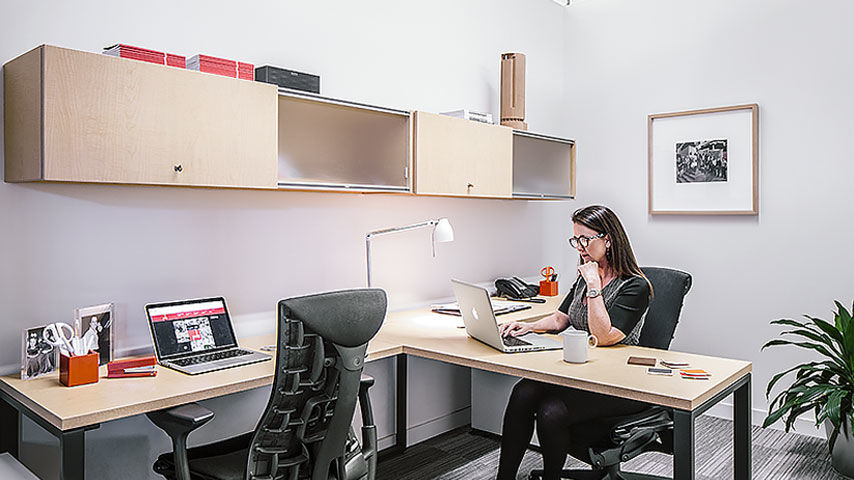How We Work
The processes of planning and design largely determine the success of PRDG’s award-winning projects. They set the foundation and tone for addressing the needs of senior living residents and staff. Developing cost-effective, innovative solutions to those needs and designing a comfortable residential environment fulfills our clients’ vision and goals.
PRDG’s comprehensive management focuses on fulfilling our clients’ and communities’ objectives while staying on budget and on schedule. Before design begins our team engages in complete process planning to establish a common set of objectives for all project phases. This collaborative function between the client and PRDG is targeted to precisely meet both the client’s requirements and those of the senior residents to be served.
From inception PRDG builds a team of architects and consultants who have the precise skills and experience required to successfully integrate client vision into project design. Team building is vital to this process which serves to unify and motivate the entire team to reflect the client’s culture and priorities.
Know that PRDG provides professionals dedicated to planning and design who also share with clients our extensive knowledge of the operational, technological, medical, psycho-social, security, and other myriad factors influencing effective, cutting-edge planning and design of senior living communities.
PRDG’s extensive planning and long strategic experience result in communities that respond not only to space requirements but also support clients in aligning their developments with their own organizational goals.
What Good Looks Like – COLLABORATION
WHAT GOOD LOOKS LIKE – PURPOSE & ELEVATING LIFE
We seek to change the perception of what it means to be placed into full- time care. It means freedom, laughter, and fun. It means moving to a space designed to elevate your mind, body, and soul. It means new activities you get to enjoy with a vibrant community as well as continued depth with those you already hold closest. Loved ones will look forward to visiting their parents and grandparents in our elevated spaces. This will be another chapter of a resident’s story, not the conclusion.


